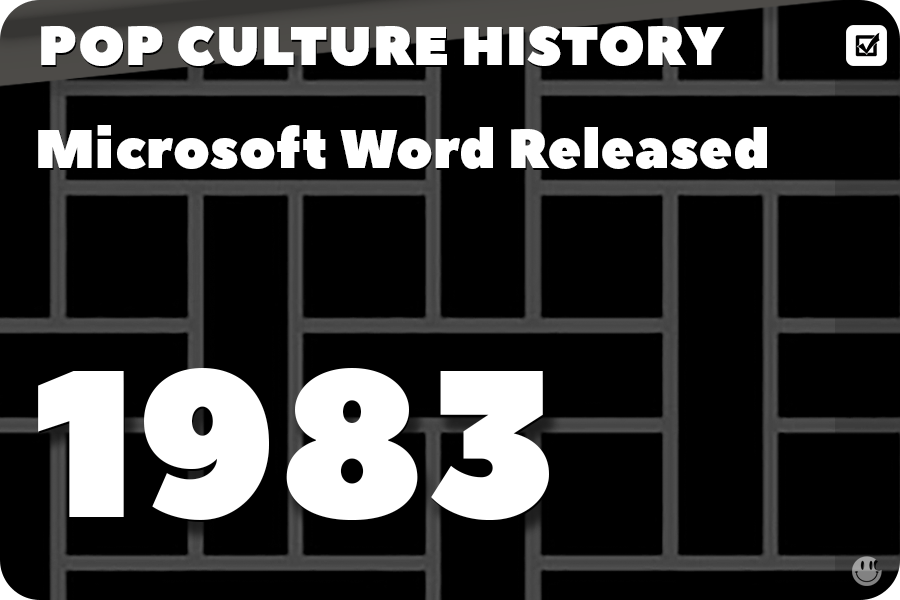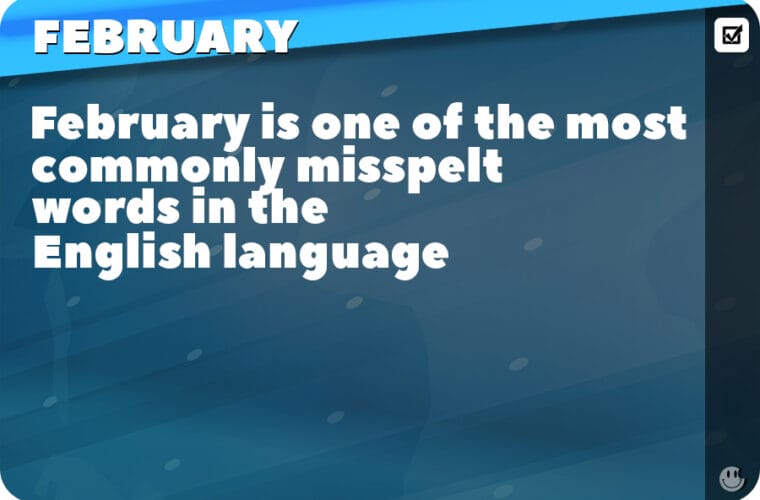 |
The Release of Microsoft Word: Impact on The Word Processing Industry |
The release of Microsoft Word in 1983 marked a turning point in the word processing industry, as it introduced a user-friendly graphical interface, advanced formatting capabilities, and seamless integration with other Microsoft products, eventually becoming the dominant word processing software globally. Microsoft Word, initially called “Multi-Tool Word,” was developed by Charles Simonyi and Richard Brodie, two former Xerox PARC engineers who joined Microsoft in the early 1980s. The first version of Microsoft Word, Word 1.0, was released for the MS-DOS IBM PC on October 25, 1983. It featured a graphical user interface, which was a departure from the text-based interfaces of most other word processing software at the time, such as WordStar and WordPerfect. One of the key innovations of Microsoft Word was its “What You See Is What You Get” (WYSIWYG) approach to document editing, allowing users to see the formatting and layout of their documents on screen as they appear when printed. This made Word more intuitive and user-friendly, as users no longer needed to rely on special codes or commands to format their documents. The release of Microsoft Word for Apple Macintosh in 1985 further contributed to its success, as it capitalized on the Macintosh’s graphical capabilities and user-friendly interface. Subsequent versions of Word introduced additional features, such as spell check, grammar check, and mail merge, as well as increased compatibility with other Microsoft products, such as Excel and PowerPoint. Microsoft Word’s popularity grew rapidly, and by the mid-1990s, it had overtaken WordPerfect as the market leader in word processing software. The bundling of Word with other Microsoft applications in the Microsoft Office suite, first released in 1990, further solidified its dominance in the industry. The release of Microsoft Word revolutionized the word processing industry by making it more accessible and user-friendly for everyday computer users. Today, Microsoft Word remains the most widely used word processing software worldwide, with millions of users across various platforms, including Windows, macOS, and mobile devices. |









